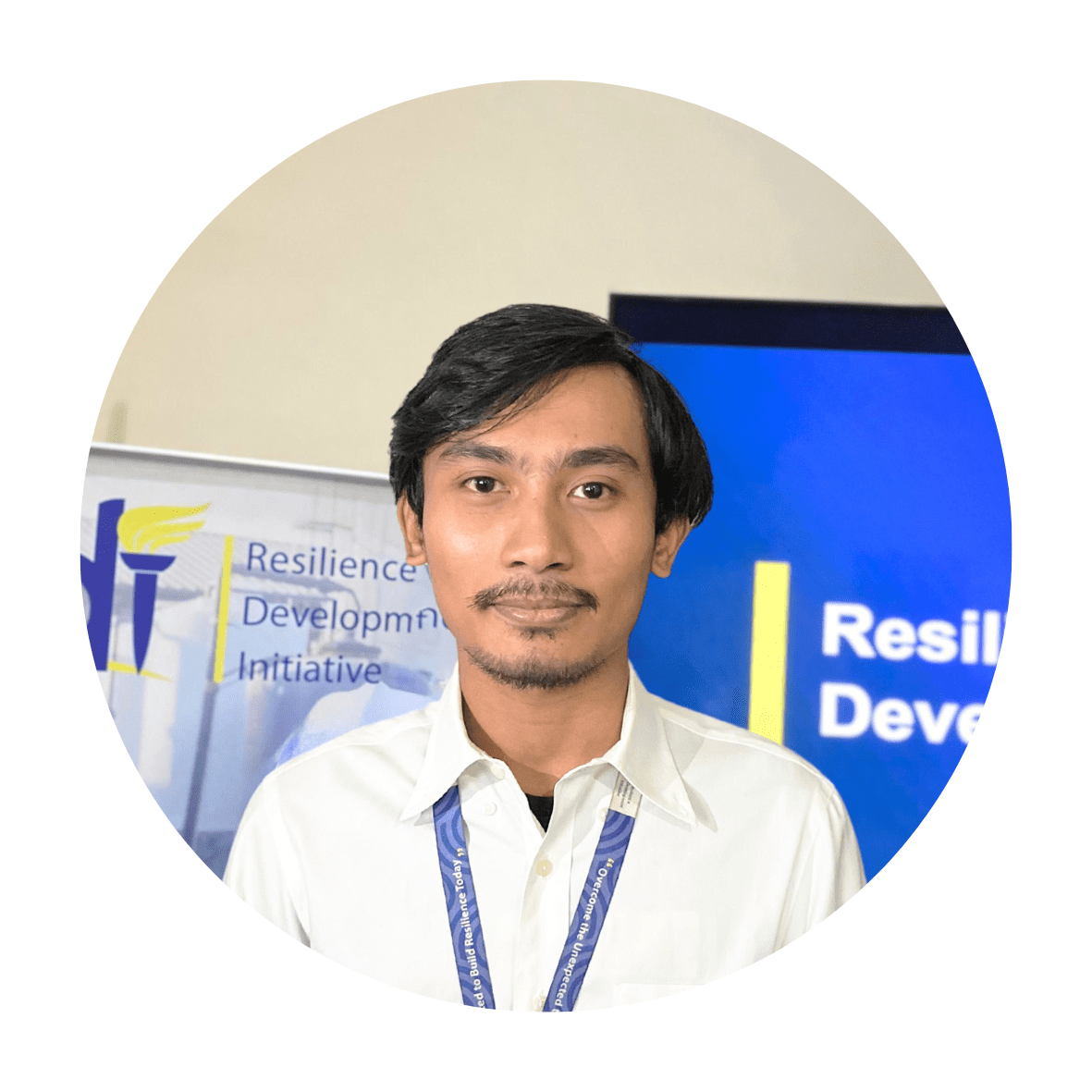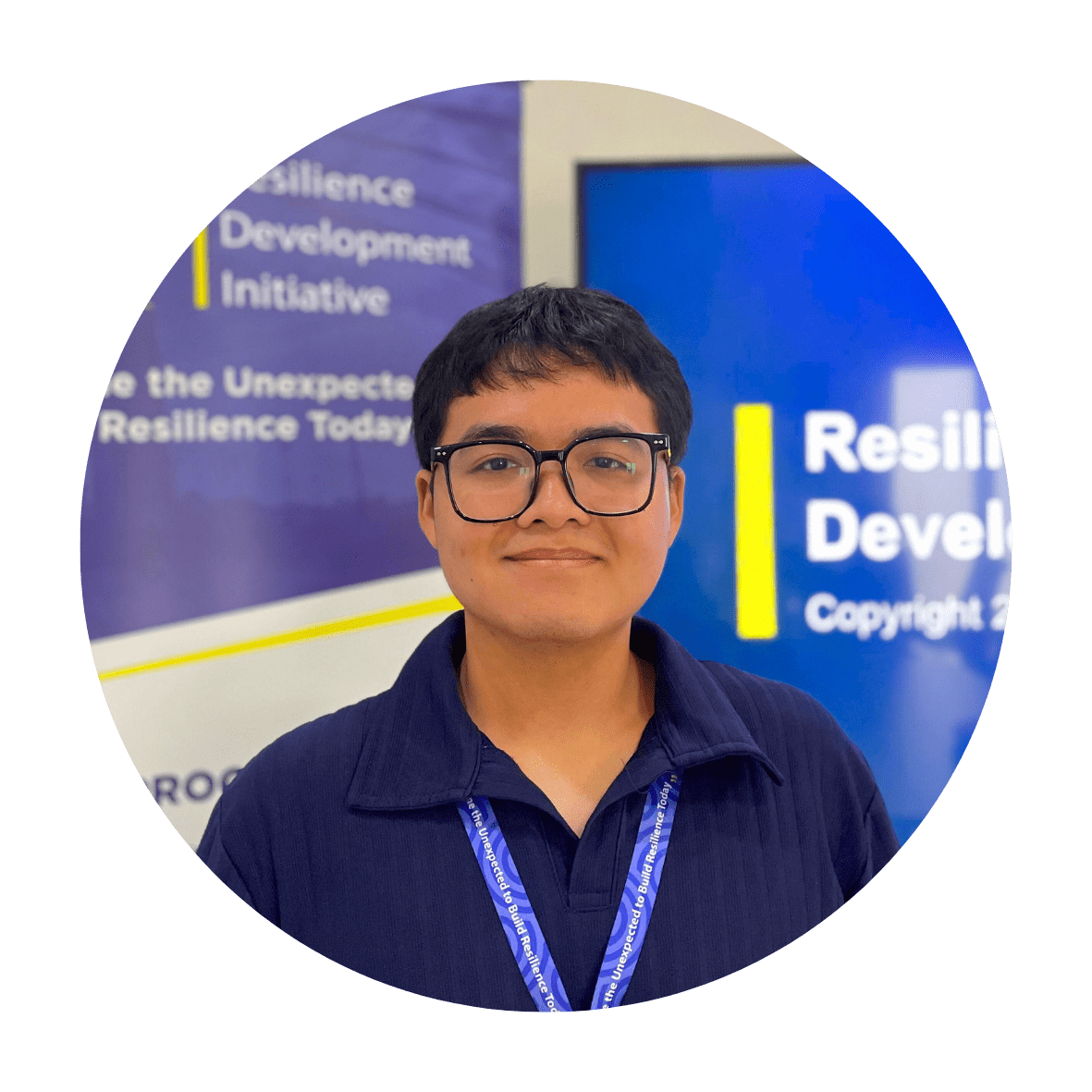Background:
The Bandung Metropolitan Region has a population of over 9 million people and is a rapidly growing urban region. The northern margin of the city falls across the Lembang Fault, which previous studies have shown could generate a magnitude 7 earthquake. Such an earthquake could affect up to a third of the city with high levels of ground shaking and associated damage. Both the city and the fault lie on the southern flank of the Tangkuban Perahu, an active volcano capable of major destructive eruptions that could affect the entire city and broader region. Bandung is also exposed to volcanic ash and gas hazards from three nearby volcanoes with historical highly explosive activity: Guntur, Papandayan and Galunggung. These hazards pose a major threat to people, infrastructure and business. In this project we propose to initiate research to understand the potential impacts of these hazards to the city, identify infrastructure and demographic groups most exposed and begin developing targeted interventions to improve community resilience.
Aims & Objectives:
• Develop realistic and worst case hazard scenarios for earthquakes and volcanic eruptions, and their associated secondary hazards (liquefactions, slope failures) that could impact Bandung City.
• Identify infrastructure and demographic groups within the city that are most exposed to geological hazards.
• Raise awareness of geohazards amongst exposed communities, particularly those most at risk. Active engagements to co-develop local and inclusive resilience plans.
Methodology:
WP1: Earthquake and volcano geohazard scenario development
WP1.1. To model the hazard potential from earthquakes on the Lembang Fault we need to determine the energy accumulation rate on the fault, which will be released in an earthquake. Traditionally this has been done using GPS sensors to measure the ground deformation around the fault. We will supplement an existing GPS/GNSS network around the fault, managed by Hanifa and Gunawan, with an additional sensor brought through this project to ensure we accurately capture the far-field motions related to energy storage on the fault. We will integrate these high quality point-based measurements with satellite data (InSAR) to provide a broader picture of ground motions, and estimate the size of potential future earthquakes. We will use the Global Earthquake Model OpenQuake-engine to model realistic ground shaking scenarios for these earthquakes taking into consideration the geological conditions of the study area.
WP1.2. Explosive volcanic eruptions produce hazards including volcanic ash and tephra fall, gases and aerosols, pyroclastic density currents, landslides and lahars. Given the proximity of Bandung to active volcanoes, we will focus on tephra fall and gases as primary hazards resulting directly from an explosive eruption, in addition to lahars and landslides (WP1.3). We will follow a mixed-methods approach, using both qualitative and quantitative methods to develop eruption scenarios for Bandung. Using evidence from historical eruptions and literature, we develop plausible eruption scenarios for each volcano, from unrest to eruption, using qualitative methods (storylines and narratives). We will then quantitatively model aspects of these eruptions, such as tephra fall (using TephrProb) and gas dispersion (using VIGIL). Integrating qualitative and quantitative approaches will enable a full exploration of volcanic scenarios for Bandung, including consideration of hazards and impacts that we cannot quantitatively model. This will support communication, and awareness raising (WP3) to understand potential impacts from volcanic events.
WP1.3. Landslides and liquefaction are secondary hazards that are often triggered by earthquakes and volcanic eruptions. These hazards have the potential to prolong the impact of geohazards through connected multi-hazard cascades. This is particularly important in Bandung as the northern portions of the city lie over steep landslide-prone slopes. We will develop models of landslide and liquefaction potential across the study region and investigate potential realistic earthquake-triggered landslide scenarios by applying support vector models that relate shaking to landslide potential (Xu et al., 2016). We will also investigate the potential spatial distribution of lahar and debris flow impacts using LAHARZ, and develop liquefaction potential and susceptibility maps using N-SPT and CPT based methods under various shaking scenarios.
WP2: Bandung City exposure model
WP2.1. We will take two approaches to quantifying the physical structure of Bandung City. The first will use data from the city government including a recently developed 3D city model. The second will use existing open access datasets, complemented with the refinement and application of deep learning models to provide a scalable framework for our methods. We will cross-compare government data with open access building footprint datasets including Google Open Buildings and Microsoft’s Global ML Building Footprints, to evaluate spatio-temporal biases and create a harmonised dataset that represents contemporary physical exposure. We will use, and build on, existing models (e.g. VolcGIS) to integrate exposure datasets with hazard footprints generated in WP1. Deep learning methods such as pix2pix conditional generative adversarial networks provide a framework to translate one type of data to another, once trained on paired observations. We will develop a model capable of estimating building heights using only a single high-resolution optical satellite image. Once derived, the building height map will be used to spatially disaggregate census population data.
WP2.2 Evidence shows that natural hazards and associated disasters in developing countries negatively impact women more than men (UNDP, 2022). Disaster resilience is therefore a gender equality issue and failing to address it undermines hard-fought development gains. If we are to effectively manage and mitigate disaster risk it is imperative to understand the specific issues related to the exposure and vulnerability of at-risk demographics. Our aim is to understand the detailed demographic structure of the communities most exposed to the impacts of an earthquake or volcanic eruption. Indonesia’s 7th national population census included detailed questions on the demographic makeup of households such as age, gender and occupation. The results from this are now available and when combined with the physical exposure model (WP2.1) would form the basis of our city-wide social exposure model.
WP3: Targeted community resilience and engagements
Using the hazard scenarios (WP1) and the city-wide exposure models (WP2), we will investigate how gender, age and other social measures translate into increased exposure to geohazards in Bandung City. This will enable identification of the most at-risk demographics and where they are located within the city. Working with the city government we will engage with these communities through workshops and semi-structured interviews to understand their knowledge of local geohazards and their individual roles in resilience. Working closely with these communities we will design bespoke resilience building measures and interventions. Storylines enable the exploration of the full chain of events from pre-conditions (existing vulnerability), through hazard(s) and their impacts, to mitigation actions, recovery, and increasing resilience to future events. Through co-developing storylines we will empower communities to develop narratives of plausible future hazards (based on the scenarios developed in WP1), their impacts and explore mitigation actions that both decision-makers and communities themselves can take. We will work closely with communities to develop communication resources and visualisation of the storylines, to support awareness raising and community engagement. These can include artwork, stories, maps, videos, and interviews. We will display these in a community-centred art exhibition at the end of the project.




